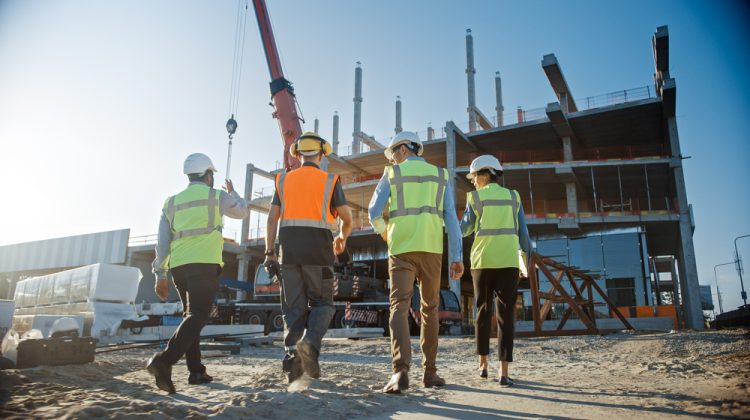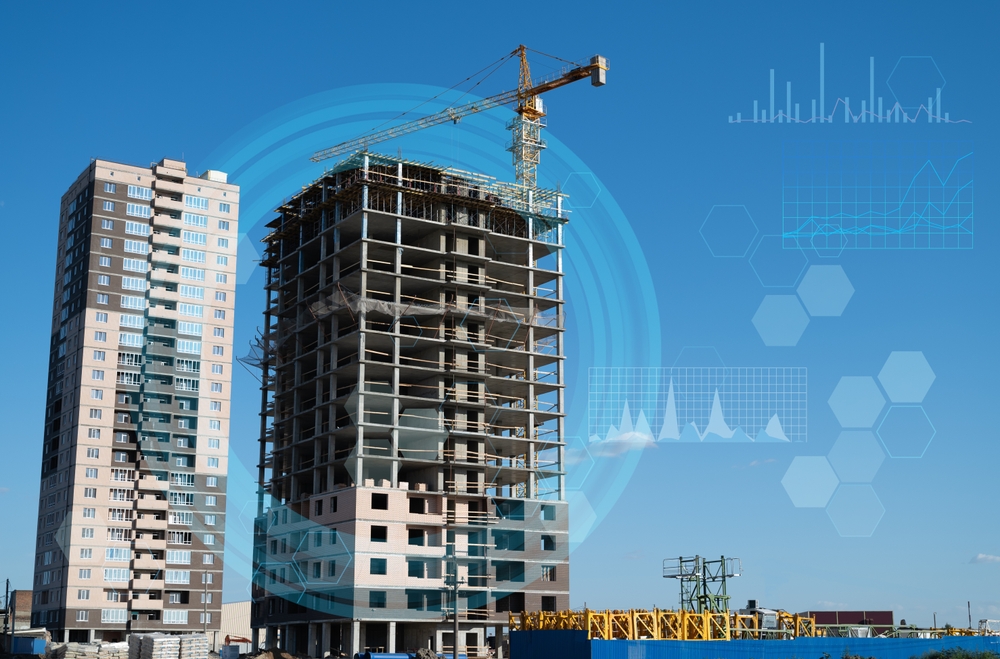
Solar-Powered Building Design for Sustainable and Smart Construction
Solar-Powered Building Design: A Smarter Path to Sustainable Living
As the world shifts toward cleaner and more efficient energy sources, solar-powered building design has become a leading strategy for reducing carbon emissions, lowering electricity costs, and promoting sustainable architecture. With rapid urban development and rising energy demands, integrating solar technologies into building plans is not just a trend—it is a necessity. Today, architects and developers are embracing solar-powered building design to create structures that are environmentally responsible, resilient, and future-ready.
What Is Solar-Powered Building Design?
Solar-powered building design refers to the strategic integration of solar technologies—such as rooftop solar panels, building-integrated photovoltaics (BIPV), solar facades, and passive solar elements—into homes, offices, and industrial structures. This approach ensures that buildings harness natural sunlight for electricity, heating, and lighting, reducing dependence on non-renewable sources.
This design philosophy goes beyond installing solar panels. It includes orientation, shading, material selection, and architectural features that maximize solar energy capture while maintaining indoor comfort.
Why Solar-Powered Building Design Is Growing Worldwide
1. Reduces Electricity Costs
One of the biggest advantages of solar-powered building design is significant energy savings. Solar installations can offset a large portion of a building’s electricity consumption. In many cases, excess power can be fed back into the grid, creating additional financial benefits through net metering.
2. Lowers Carbon Footprint
Solar energy is clean, renewable, and abundant. Buildings designed with solar in mind rely less on fossil fuels, helping reduce greenhouse gas emissions. This makes solar-powered building design an essential element in achieving climate-responsive and carbon-neutral construction goals.
3. Enhances Building Value
Modern buyers and tenants are increasingly prioritizing eco-friendly features. Properties built around solar-powered building tend to have higher market value, improved performance, and lower operating costs—either for commercial or residential use.
Key Features of Solar-Powered Building Design
Passive Solar Design
This approach focuses on capturing and distributing natural sunlight without mechanical systems. It includes:
-
South-facing windows
-
Thermal mass materials (stone, brick, concrete)
-
Proper shading devices
-
Cross-ventilation
Passive strategies reduce the need for artificial lighting and air conditioning.
Building-Integrated Photovoltaics (BIPV)
BIPV incorporates solar technology into building elements such as:
-
Solar tiles
-
Solar facades
-
Solar skylights
-
Solar glass
This enhances aesthetics while generating clean energy.
Rooftop Solar Systems
Traditional panels remain the most popular element of solar-powered building due to their efficiency and affordability.
Solar Heating and Cooling
Solar water heaters and solar-assisted HVAC systems help significantly reduce electricity consumption in both homes and commercial buildings.

Applications of Solar-Powered Building Design
Residential Buildings
Rooftop systems, passive solar layouts, and BIPV windows help homeowners reduce monthly bills and increase comfort.
Commercial Offices
Solar facades, integrated systems, and large rooftop PV arrays reduce operational expenses and support green certifications.
Industrial Buildings
Large roof areas make factories ideal for high-capacity solar installations, lowering production costs and improving sustainability.
Public and Institutional Structures
Schools, hospitals, and government facilities benefit greatly from long-term savings and improved energy security.
Solar Policies and India’s Commitment to Clean Energy
India has become a major global advocate for solar energy adoption. Government initiatives under the MNRE (Ministry of New and Renewable Energy) support solar installations, subsidies, and research. This national push is accelerating the adoption of solar-powered building design across urban and rural landscapes.
Many states also offer incentives for rooftop solar systems, making sustainable design more accessible for homeowners and developers.
Conclusion
Solar-powered building is transforming the way modern structures are built and operated. By integrating solar technologies with architectural planning, buildings can become energy-efficient, eco-friendly, and cost-effective. From passive design principles to advanced solar facades, these innovations ensure long-term sustainability and resilience.
If you’re planning a solar-integrated construction project or need guidance on material selection, you can reach out through our Contact Us page.
Read more related articles to enhance your knowledge and make informed decisions
Cost-Effective Modular Construction: Fast, and Sustainable Building Solutions
Smart Modular Buildings: Innovative, Efficient, and Sustainable Construction








